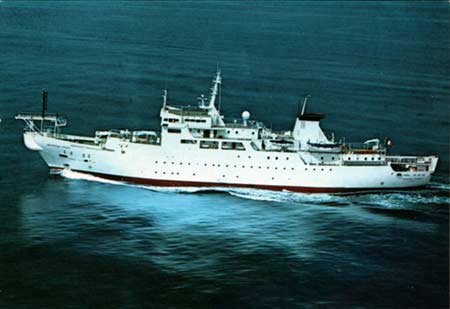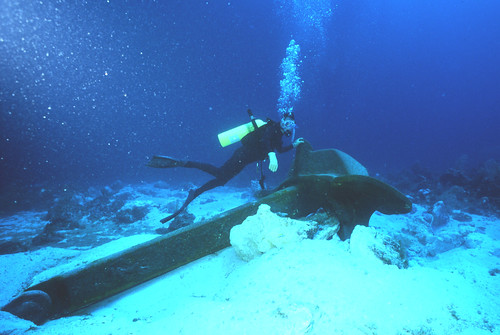We all use this fantastic tool everyday, made this as the homepage of our browser, but unaware of this great technology. The Web Search Engine has made it so easy to stumble on any information throughout the wide INTERNET. So here's a short review of "what is it" and "how is it" and also some interesting facts about Search Engines.

What's a Web Search Engine?
A web search engine is a tool designed to search information on the World Wide Web (WWW) and FTP servers.
While searching the results are generally presented in a list of results, sometimes called as hits.The resulted information consist of the web pages, images, information and other type of files. Some search engines also mine data available in the databases or open directories.
This is different from the web directories, which is maintained by the human editors whereas the Search Engine operates algorithmically or the mixture of algorithmic and human input.
History
The very first tool used for searching information over the internet was Archie. The name stands for "Archive" without "v". It was created in 1990 by Alan Emtage, Bill Heelan and J. Peter Deutsch, computer science students at McGill University in Montreal. But "archie" cannot strive as a Web Search Engine.
Till the summer of 1993, no search engine existed yet for the web. After this, Oscar Nierstrasz at the University of Geneva wrote a series of Perl scripts that would periodically mirror these pages and rewrite them into a standard format which formed the basis for W3Catalog, the web's first primitive search engine, released on September 2, 1993.
In June 1993, Matthew Gray, then at MIT, produced what was probably the first web robot, the Perl-based World Wide Web Wanderer, and used it to generate an index called 'Wandex'.
Timeline (popular search engines) -
1993: W3Catalog
1994: Webcrawler
1995: Yahoo!
1996: Dogpile
1998: Google
MSN Search
2000: Baidu (China's search engine)
2004: Yahoo! Search
2005: AOL Search
Ask.com
2006: Live Search (active as Bing)
2009: Bing (launched as rebranded Live Search)
How these search engines work?
A web search engine operates in the following order-
1) Web crawling
2) Indexing
3) Searching
Web crawling :
A Web crawler is a computer program that browses the World Wide Web in a methodical, automated manner or in an orderly fashion. Other terms for Web crawlers are ants, automatic indexers, bots, Web spiders, Web robots.
This process is called Web crawling or spidering.
Many sites, in particular search engines, use spidering as a means of providing up-to-date data. Web crawlers are mainly used to create a copy of all the visited pages for later processing by a search engine that will index the downloaded pages to provide fast searches.
Crawlers can also be used for automating maintenance tasks on a Web site, such as checking links or validating HTML code. Also, crawlers can be used to gather specific types of information from Web pages, such as harvesting e-mail addresses.
Indexing:
Search engine indexing collects, parses, and stores data to facilitate fast and accurate information retrieval. Index design incorporates interdisciplinary concepts from linguistics, cognitive psychology, mathematics, informatics, physics, and computer science. An alternate name for the process in the context of search engines designed to find web pages on the Internet is Web indexing.
Popular engines focus on the full-text indexing of online, natural language documents. Media types such as video and audio and graphics are also searchable.
Searching:
Searching is a process of searching a query that a user enters into web search engine to satisfy his or her information needs. Web search queries are distinctive in that they are unstructured and often ambiguous; they vary greatly from standard query languages which are governed by strict syntax rules.
How to choose a Search Engine?
"Google might be most popular, but there are other alternatives"
- There are nearly about 2300 search engines over Internet.
- All of them are created using different scripts and algorithms and works differently.
- Search engines such as Monstercrawler or Dogpile don't index the internet themselves, but run the search on several search engines. Dogpile searches Google, Bing, Yahoo and Ask, for example.
Why Google?
- Google's dominance owes much to three key features ingrained in the search engine since in 1998 launch:
- a clutter-free homepage
- clearly defined text adverts
- most crucially, its PageRank technology
- The simple, crisp design and text adverts mean the engine returns in a matter of seconds. PageRank works by judging a web page's worth on the key words it contains, and its popularity.
- Google has become so synonymous with web search that it has its own entry in the Collins English Dictionary.
- Google owns about 82.80% market share, whereas Yahoo! owns 6.42%, Baidu 4.89%, Bing 3.91%, Ask 0.52%, AOL 0.36%.


Source : Wikipedia
Please post your reviews and comments below.
Thanks,
Parag

























